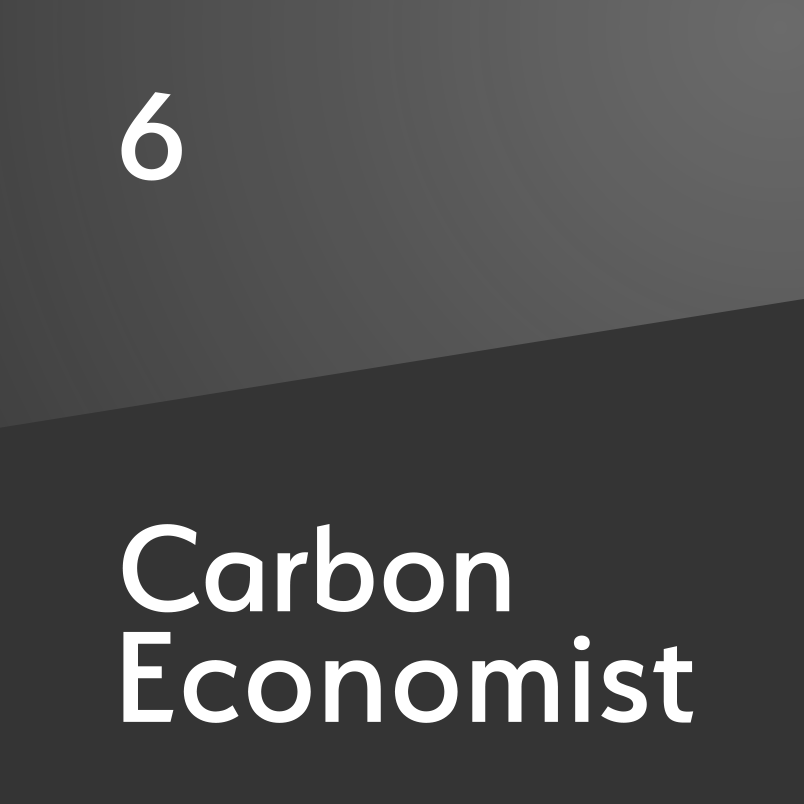Electricity production is on a sustained charge
Renewable cost reductions and increasing storage availability will fuel exponential electricity growth
Electricity will more than double its share in global final energy demand by 2050, rising from 19pc today to 40pc in mid-century, according to our estimate of the most likely outcome of the ongoing energy transition. The forecast is based on our Energy Transition Outlook model that captures data and insights of hundreds of colleagues working on oil, gas, wind and solar power worldwide. Using electricity rather than fossil fuels is more energy efficient in many applications, such as vehicle propulsion. Consequently, using more electricity typically reduces final energy demand. Moving from thermal to wind, solar and hydropower also improves the energy system efficiency, as thermal power plant

Also in this section
5 December 2025
Mistaken assumptions around an oil bull run that never happened are a warning over the talk of a supply glut
4 December 2025
Time is running out for Lukoil and Rosneft to divest international assets that will be mostly rendered useless to them when the US sanctions deadline arrives in mid-December
3 December 2025
Aramco’s pursuit of $30b in US gas partnerships marks a strategic pivot. The US gains capital and certainty; Saudi Arabia gains access, flexibility and a new export future
2 December 2025
The interplay between OPEC+, China and the US will define oil markets throughout 2026







